1. Lead-Based Paint Dolls
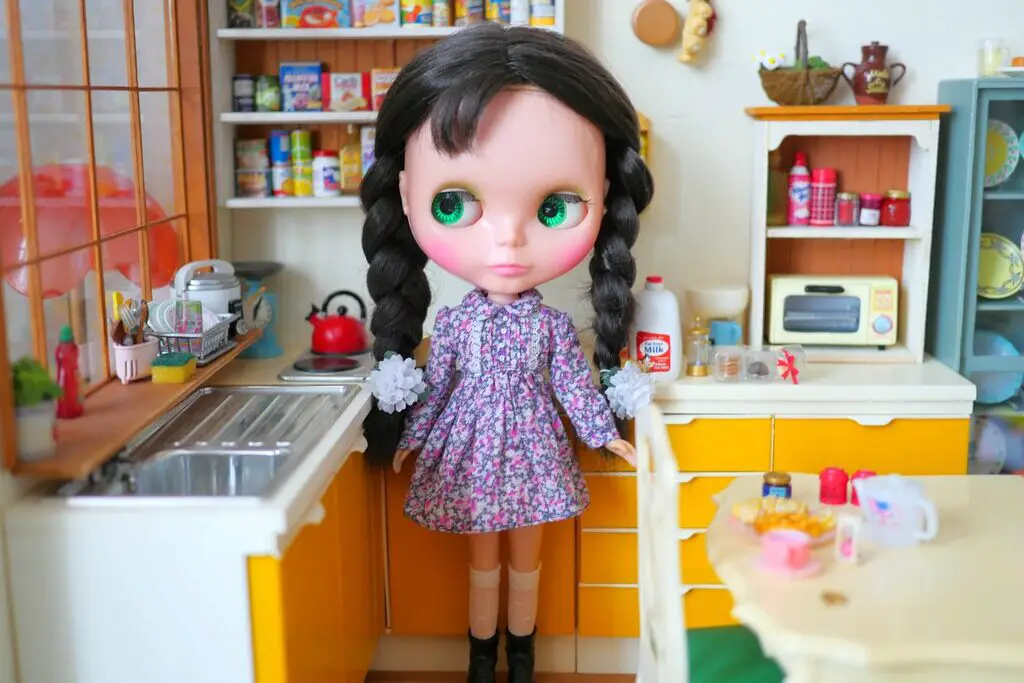
It’s hard to believe that many toys from the past were coated in lead-based paint, a material now known for its toxicity. Dolls, especially those made in the mid-20th century, often had brightly colored faces and clothing thanks to this substance. At the time, no one thought to question the safety of these materials. But with lead exposure known to cause developmental delays and health issues, it’s a relief that the practice is long gone.
Looking back, it’s almost shocking that something as beloved as a doll could be made with such harmful materials. Parents in the past were unaware of the risks their children were exposed to. Now, we can only imagine how many kids unknowingly played with these dangerous toys. Thankfully, modern regulations have made lead paint a thing of the past.
2. Vinyl Baby Dolls

Vinyl was a popular material for baby dolls during the 1950s and 1960s, but the dangers of phthalates were not yet widely known. These soft plastic dolls often had an eerie smell and were sometimes filled with a toxic chemical cocktail to make them more flexible. Phthalates, which were used to soften vinyl, have been linked to hormone disruption, especially in young children.
The thought of children putting these dolls in their mouths seems concerning today. However, back then, they were marketed as the perfect gift for young girls, with no warning about the potential health risks. In hindsight, it’s hard to imagine why such chemicals were deemed safe. Thankfully, these harmful substances are now banned from children’s toys.
3. Mercury-Containing Toys
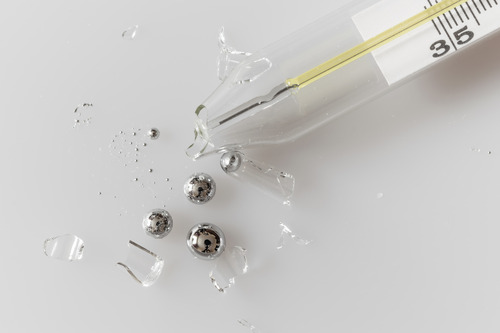
Mercury was once a common ingredient in some of the most popular childhood toys. From toy thermometers to the infamous “mad hatter” hats, mercury was used to create the glowing, moving liquid effect. The toxic metal is known for causing brain damage, kidney failure, and a range of other serious health issues. In a time when safety standards were more lax, these mercury-filled toys seemed like harmless fun.
For many, the idea of children handling mercury-filled items today seems unimaginable. These toys were often brightly colored, enticing kids to play without understanding the risks. Looking back, it’s shocking that something so dangerous was ever considered a suitable toy for kids. Thankfully, the dangers of mercury have now been widely acknowledged and regulated.
4. Toxins in Plastic Army Men
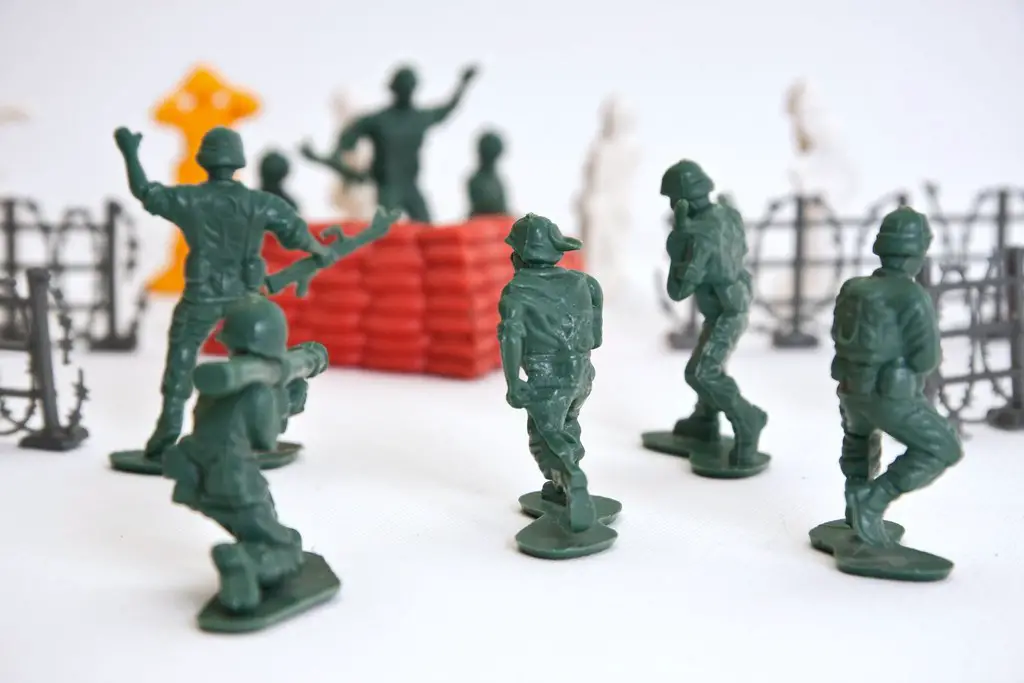
Plastic army men, a staple of childhood for many generations, were once made with a mix of materials that included potentially harmful chemicals like BPA and PVC. These substances were used to mold the small figures that were often played with for hours on end. Unfortunately, BPA (bisphenol A) has been linked to a range of health issues, including cancer and reproductive problems, making these toys far less innocent than they appeared.
Despite their ubiquity in childhood playrooms, these plastic soldiers weren’t as harmless as they seemed. Many kids unknowingly put them in their mouths, unaware that these little figures contained chemicals that could harm their health. Over time, regulations have helped eliminate harmful materials from toys, but it’s wild to think about how many toys from the past were made with questionable substances.
5. Stuffed Animals with Dangerous Fillings
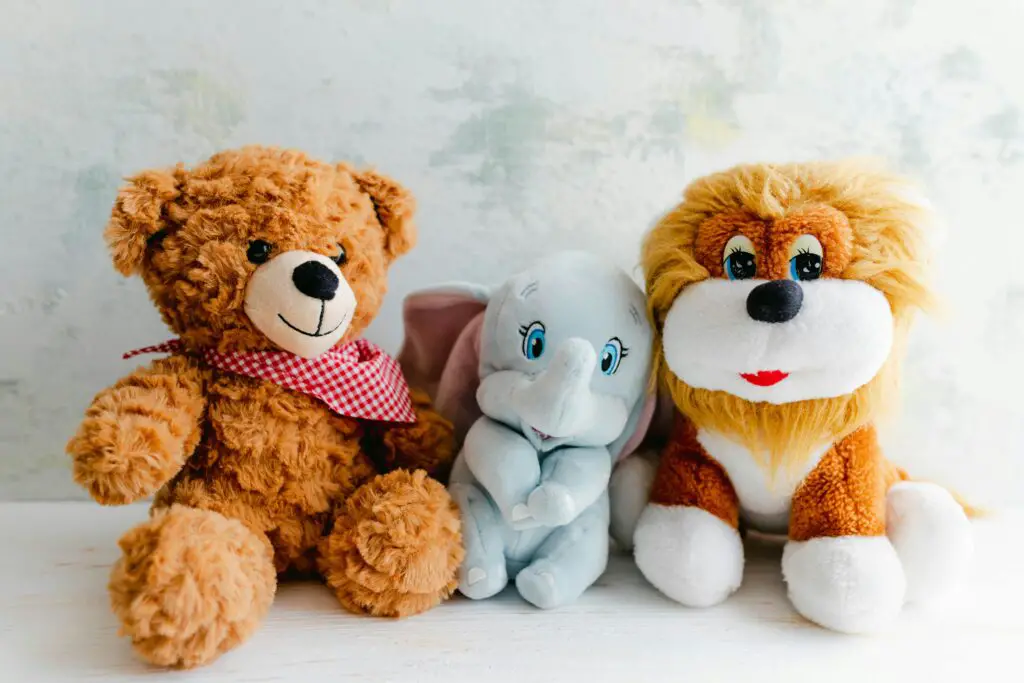
Stuffed animals were a childhood staple for most kids, but the materials used for stuffing weren’t always the safest. In some cases, toxic fillers like polyester fibers or even old newspapers were used to give plush toys their shape. Some materials could cause skin irritation or worse if ingested, leading to health concerns that were rarely acknowledged at the time.
Stuffed animals might have been seen as a comforting companion, but it’s unsettling to think about the dangerous materials hidden inside. Many toys designed to provide comfort and joy could have been harboring substances that were potentially harmful to children’s health. Today, we have much stricter guidelines for the materials used in soft toys, but those childhood favorites were not always as safe as they seemed.
6. Toxic Glitters in Art Supplies
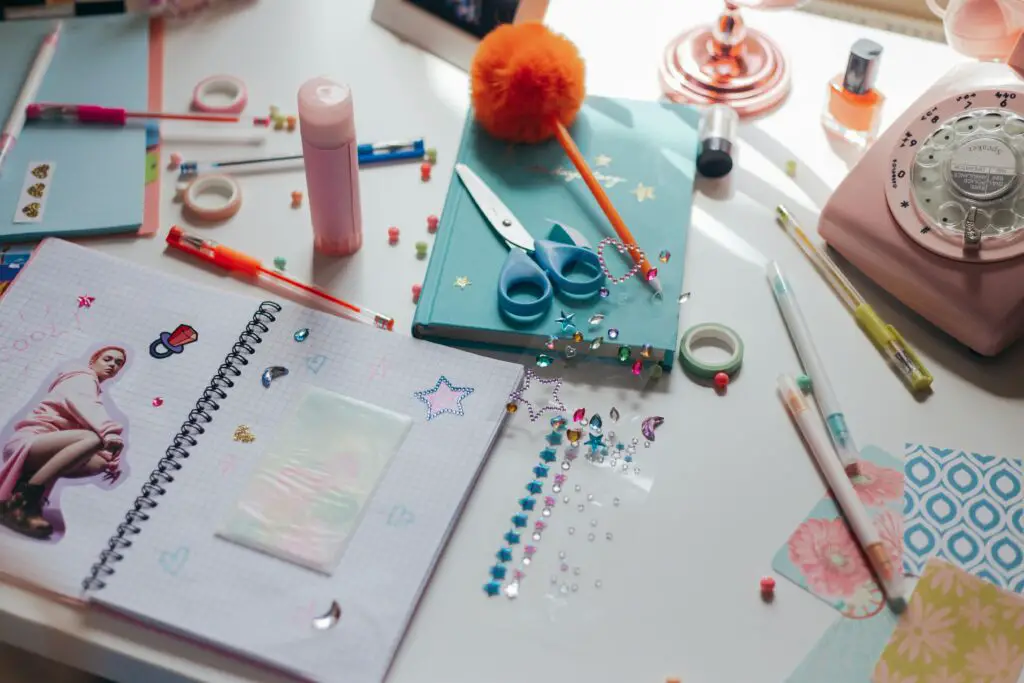
For many kids, art projects wouldn’t have been complete without a generous sprinkling of glitter. Unfortunately, some of the glitters used in children’s art supplies were made with heavy metals, like lead and cadmium, which are toxic when ingested or absorbed through the skin. These materials could easily end up on the fingers and faces of young children, unknowingly exposing them to these dangerous substances.
Though glitter was often a fun and sparkly addition to crafts, it had some serious drawbacks when it came to safety. The fact that kids could be handling glitter laced with heavy metals is something that feels especially unsettling in hindsight. Thankfully, art supplies today are generally much safer, with companies now producing glitter made from non-toxic materials.
